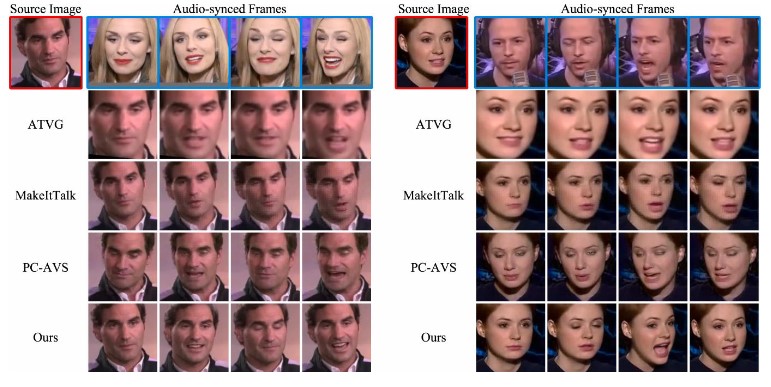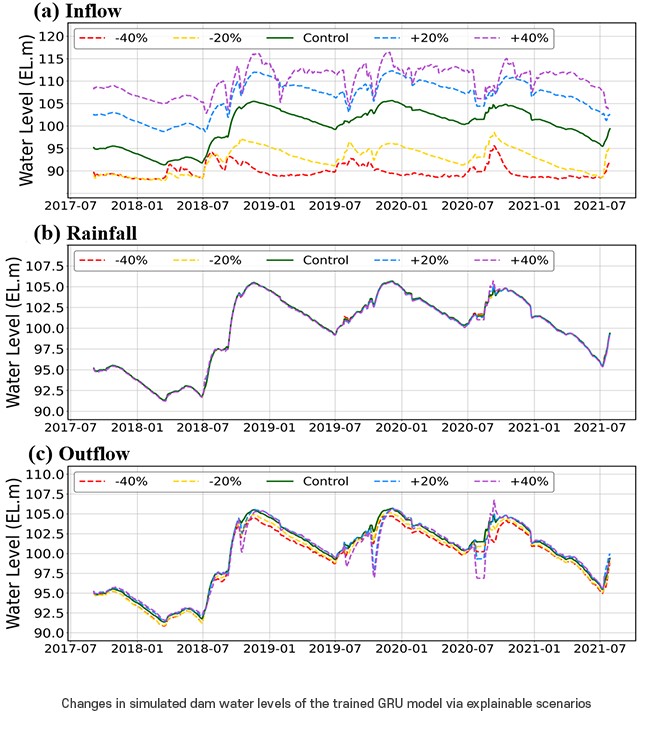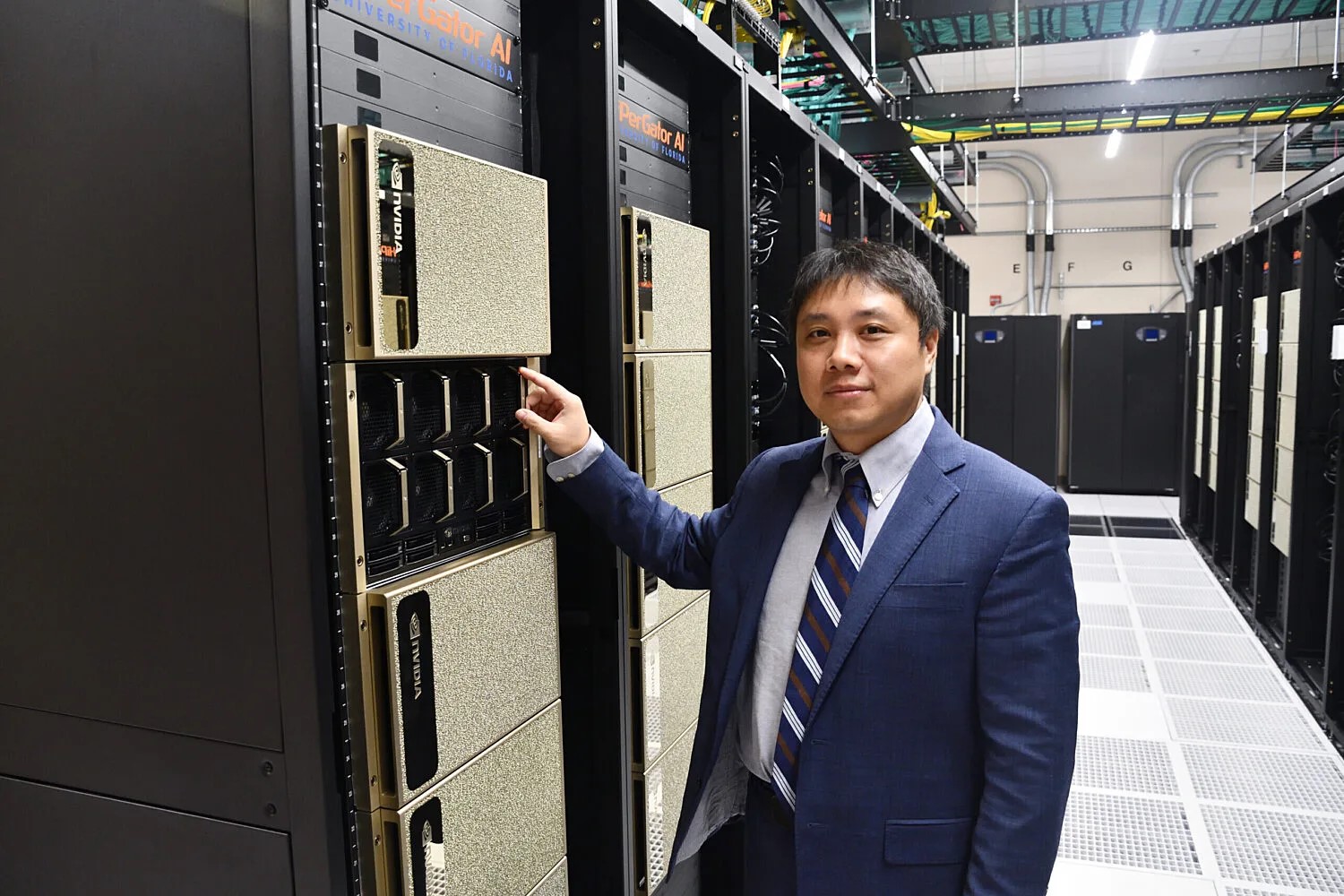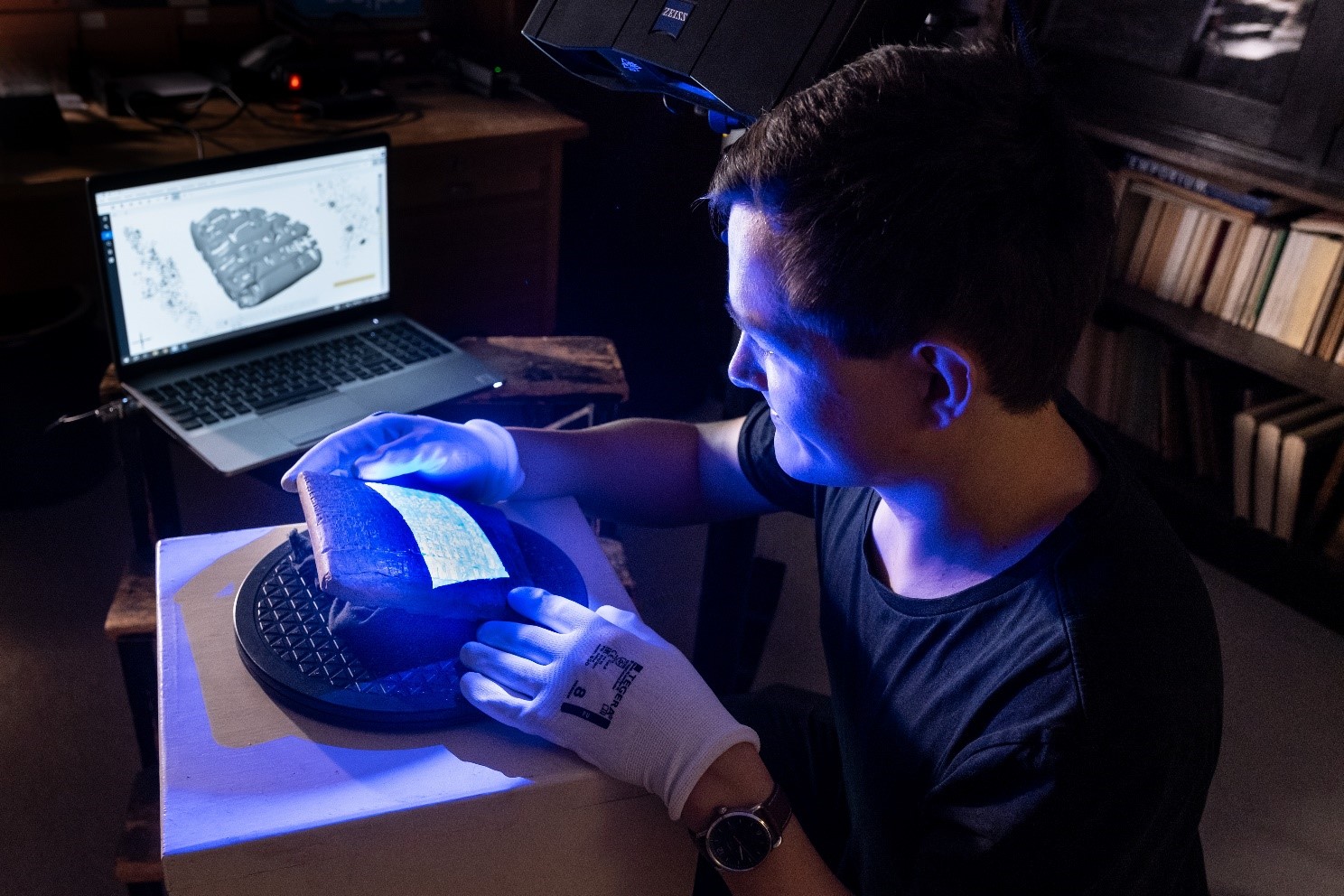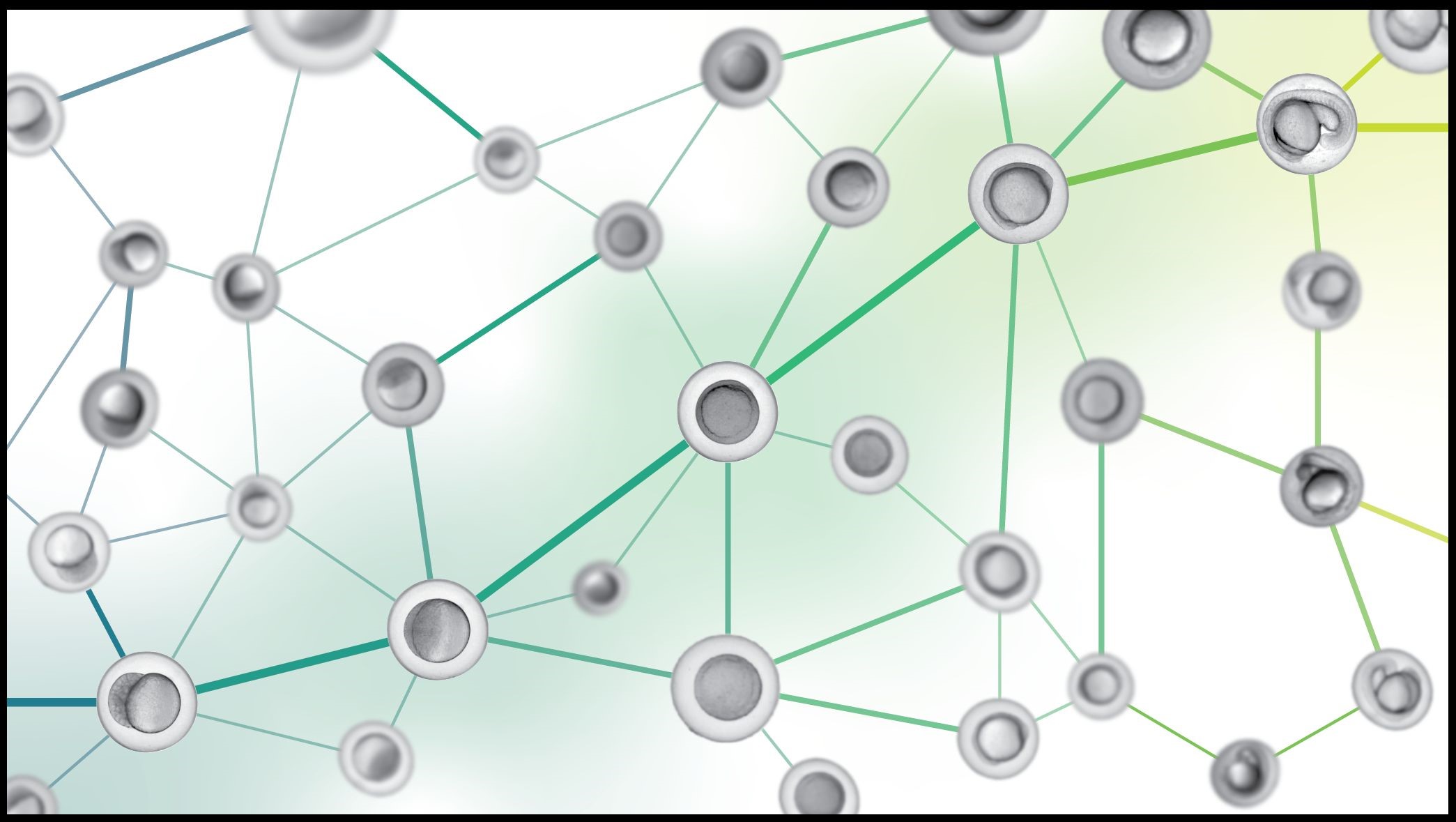Revolutionizing Noise-Canceling Headphones: "Semantic Hearing" Puts You in Control
If you're a fan of noise-canceling headphones, you've likely experienced the frustration of not being able to choose which sounds get blocked out. The team at the University of Washington has tackled this issue head-on, introducing a groundbreaking system they call "semantic hearing." This innovative technology uses deep-learning algorithms to empower users to select, in real time, the sounds they want to filter through their headphones.

Figure 1. AI noise-cancelling headphones. (Credit: University of Washington)
How Semantic Hearing Works
Figure 1 shows the headphones. The core of this system involves streaming captured audio from the headphones to a connected smartphone. The smartphone then takes charge of canceling out all environmental sounds. Through either voice commands or a user-friendly app, headphone wearers can handpick sounds from a diverse array of 20 classes. These classes include everything from sirens, baby cries, and speech to vacuum cleaners and bird chirps. Only the chosen sounds make their way through the headphones, offering a customizable and immersive audio experience.
The Challenge of Real-Time Intelligence
Shyam Gollakota, senior author and a professor at the Paul G. Allen School of Computer Science & Engineering, highlights the challenge of achieving real-time intelligence. Unlike traditional noise-canceling headphones, which struggle to sync with visual senses, semantic hearing processes sounds in under a hundredth of a second. This requires neural algorithms to operate swiftly, making a connected smartphone the ideal device for on-the-fly processing.
Preserving Spatial Cues
One of the unique aspects of semantic hearing is its ability to preserve spatial cues. Sounds from different directions reach the ears at varying times, and the system maintains these delays to ensure wearers can still perceive sounds meaningfully in their environment.
Real-World Testing and User Feedback
The researchers rigorously tested the system in diverse environments, including offices, streets, and parks. Impressively, the semantic hearing system successfully extracted target sounds like sirens, bird chirps, and alarms while effectively eliminating other ambient noise. In a survey involving 22 participants, the majority reported an improvement in the quality of the target sounds compared to the original recordings.
Challenges and Future Developments
While the system demonstrated remarkable capabilities, some challenges remain, especially in distinguishing between sounds with similar properties. The researchers suggest that further training on real-world data could enhance the system's performance in such scenarios.
The Road Ahead
Excitingly, the team envisions a commercial version of the semantic hearing system in the future, potentially revolutionizing the way we experience and control the sounds around us. As technology continues to advance, the prospect of personalized, real-time audio filtering opens new possibilities for immersive and tailored auditory experiences.
Source: University of Washington
Cite this article:
Hana M (2023), Revolutionizing Noise-Canceling Headphones: "Semantic Hearing" Puts You in Control, AnaTechMaz, pp. 332




